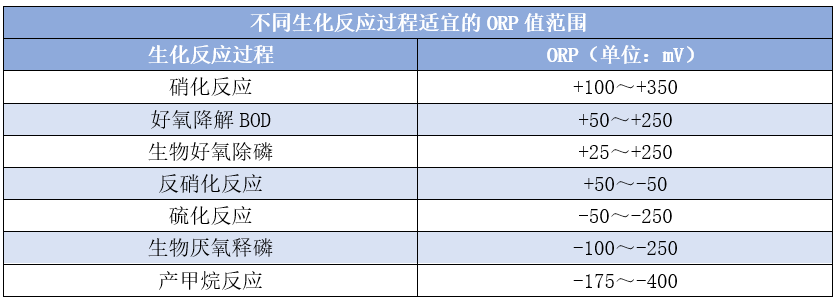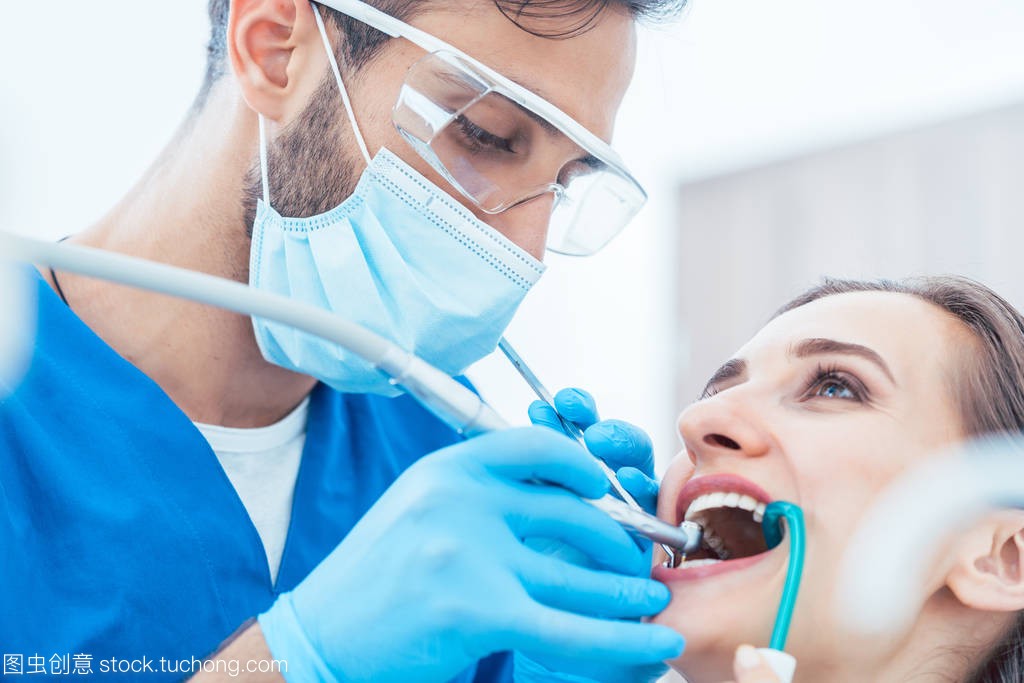氧化还原电位ORP在污水处理中的用途
-
如ORP值低,表明废水处理系统中还原性物质或有机污染物含量高,溶解氧浓度低,还原环境占优。
-
如ORP值高,表明废水中有机污染物浓度低,溶解氧或氧化性物质浓度高,氧化环境占优。

通过监测和管理污水的ORP,管理人员可人为地控制生物反应发生。通过改变工艺运行的环境条件,如:
-
加大曝气量增加溶解氧浓度
-
投加氧化性物质等措施提高氧化还原电位
-
减小曝气量降低溶解氧浓度
-
投加碳源和还原性物质降低氧化还原电位,从而实现促进或阻止该反应的进行。
-
一是在厌氧环境下磷的释放阶段,发酵菌在ORP在-100~-225mV的条件下产生脂肪酸,脂肪酸通过聚磷菌吸收,同时释放磷进入水体中。
-
二是在好氧池内聚磷菌开始降解上阶段吸收的脂肪酸同时从ATP转化成ADP获得能量,这种能量的储存需要从水中吸附过量的磷,吸附磷的反应要求好氧池内的ORP为+25~+250mV 之间,才能发生生物除磷的存储。
Recommended Posts
-
In recent years, the hygienic condition of dental unit waterline (DUWL) has gradually received attention in China. At the same time, many local standards have been introduced. For example, Beijing issued "DB11/T 1703- 2019 Technical Specifications for Waterway Disinfection of Oral Comprehensive Treatment Units" on December 25th, 2019, while Zhejiang Province issued "DB33/T 2307-2021 Technical Specifications for Cleaning and Disinfection of Dental Waterway Systems" on January 29, 2021. In fact, various countries in the world have begun to pay attention to issues related to waterway pollution in dental treatment units much earlier, and have made relevant specifications. This article summarizes the standards of various countries in this regard as follows: Foreign standards related to the waterway of dental treatment units In 1996, the American De...




comment